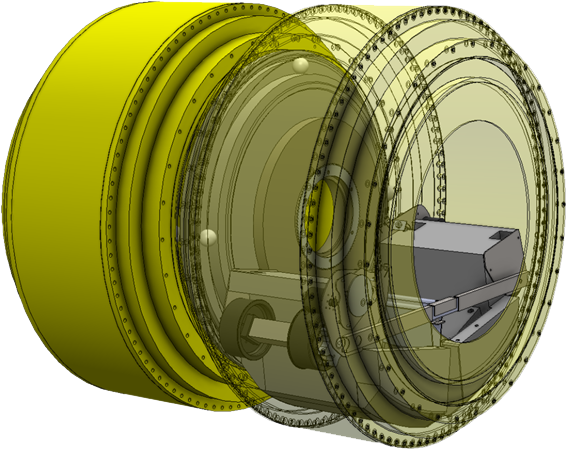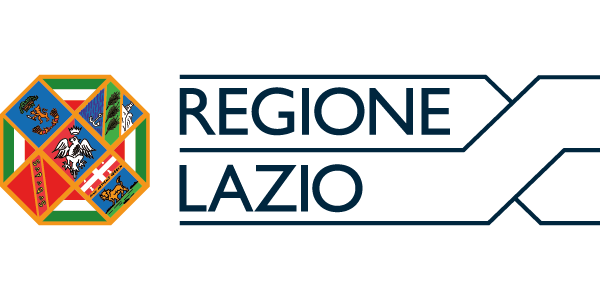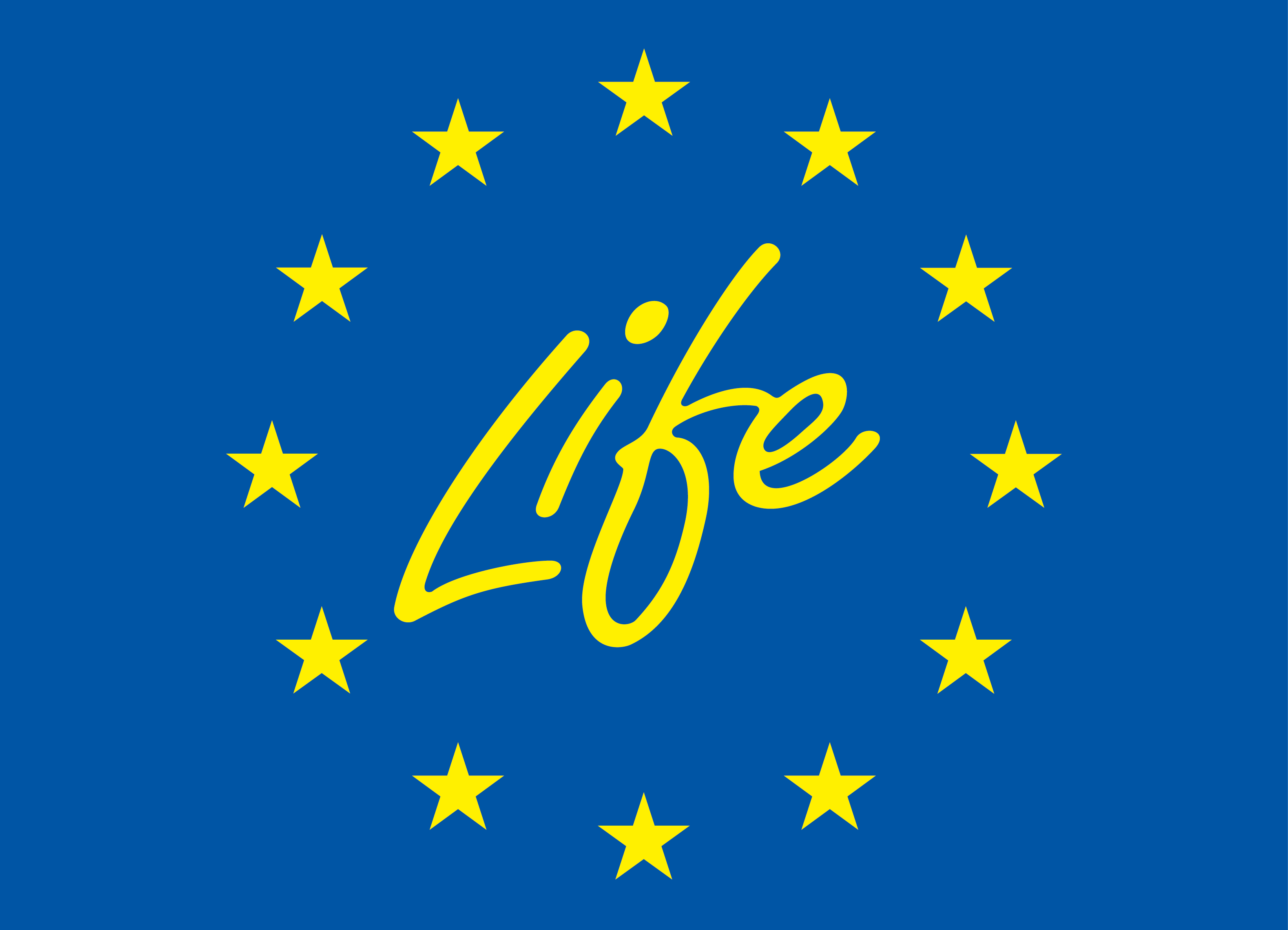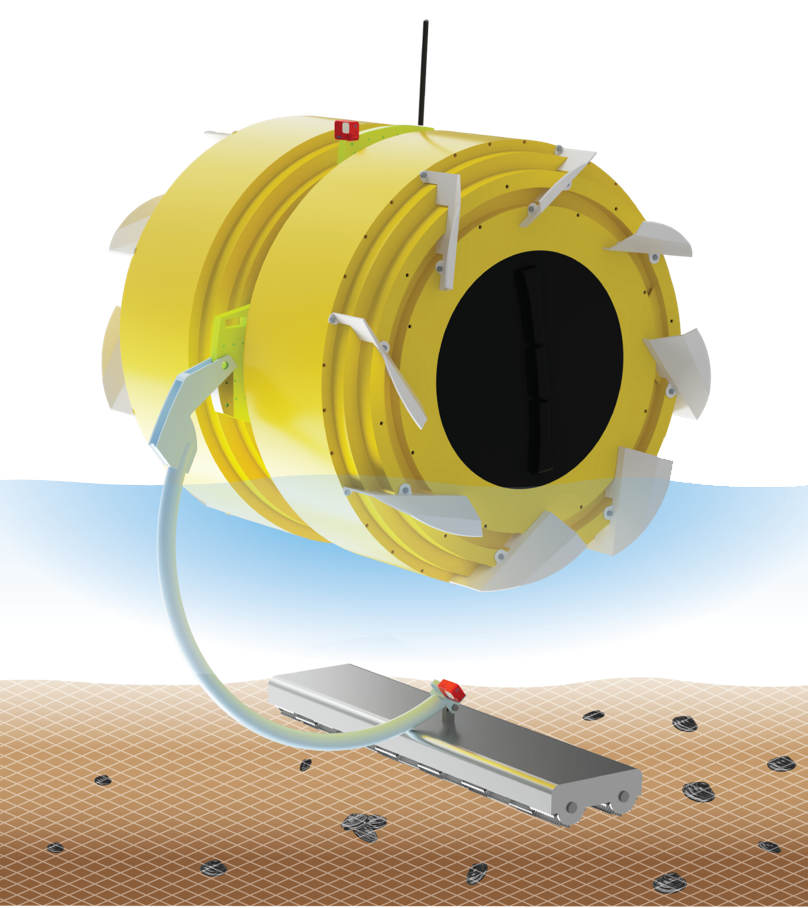History

History
Phase I – The idea
In 2017, the MAR (Multipurpose Amphibious Rover) was born: a multifunctional amphibious vehicle, a design idea by DEF-TECH, spin-off of the SeTeL R&D department.
SeTeL, an engineering company from Rome, which has been operating in Italy for 50 years, has embraced the objective of the DEF-TECH project and started a technical-commercial collaboration, thus combining the innovative component with the solidity of a structured company.
In fact, the objective of giving shape to the original idea required an economic and technical effort that could only be addressed through a joint multi-year program and various design and development phases.
SeTeL’s engineering skills and the DEF-TECH project took shape in this context.
Today MAR boasts four patents formally owned by the DEF-TECH company.
In the video the first prototype of the multifunctional vehicle.
To view this content, you need to accept all cookies.
This video is hosted on YouTube and may set profiling or third-party cookies. To watch it, please accept all cookies in the banner settings.
Phase II – The first agricultural projects
The first operational project was born in 2018 with AgriDroneVision co – financed by the Lazio Region.
AgriDroneVision is a project oriented towards precision agriculture.
In this context, MAR was the KET (Key Enabling Technology) to carry out detection and monitoring activities on the ground and to associate them with aerial images coming from a cooperating aerial drone.
In the video the second prototype within the AgriDroneVision Project.

To view this content, you need to accept all cookies.
This video is hosted on YouTube and may set profiling or third-party cookies. To watch it, please accept all cookies in the banner settings.

In 2020, by winning the European LIFE 2020 tender (WineGRover), it will be possible to carry out more extensive testing of the vehicle in the agricultural field, implementing an innovative system for precision viticulture.
The main objective of the project is to reduce the environmental impact linked to grape production by introducing new technologies for precision agriculture (PA) and to validate in two vineyards, in Italy and Spain, the technical performance of an economical and integral solution based on the implementation of a new PA system.
In the video the third prototype as part of the WineGrover Project during the measurement campaign in the CONRAD vineyard in Spain.
To view this content, you need to accept all cookies.
This video is hosted on YouTube and may set profiling or third-party cookies. To watch it, please accept all cookies in the banner settings.
Both projects address the topic of fusion of images and data acquired from the Rover (horizontal view), images from an aerial drone (vertical view) and data from sensors in the field.
Phase III – From ECOMAR to Biovalvia: Towards Environmental Monitoring and Biodiversity Protection
The third phase in the development of the amphibious platform began with the acquisition of the ECOMAR project, marking a strategic shift from agriculture to environmental monitoring. ECOMAR, co-financed through European green transition funding programs, aimed to deploy a multifunctional amphibious system in wetlands, lagoons, and transitional ecosystems to support pollution monitoring.
Building on the ECOMAR experience, development continued first with the Hydromar Project—focused on the monitoring of critical infrastructure—and later with the Biovalvia 4.0 Project. The latter expanded MAR’s amphibious capabilities, evolving to integrate new sensor payloads dedicated to water quality analysis, sampling, and the automatic recognition of invasive species.


Biovalvia positioned MAR within the shellfish farming sector and transformed it into a mobile observatory for fragile environments, capable of operating in shallow waters and collecting critical data for habitat conservation. With the support of AI, it also enabled invasive species identification. Key innovations introduced include:
- Real-time transmission of ecological indicators (e.g., dissolved oxygen, chlorophyll, nitrates)
- Deployment of autonomous micro-sampling devices
- Integration with AI platforms







